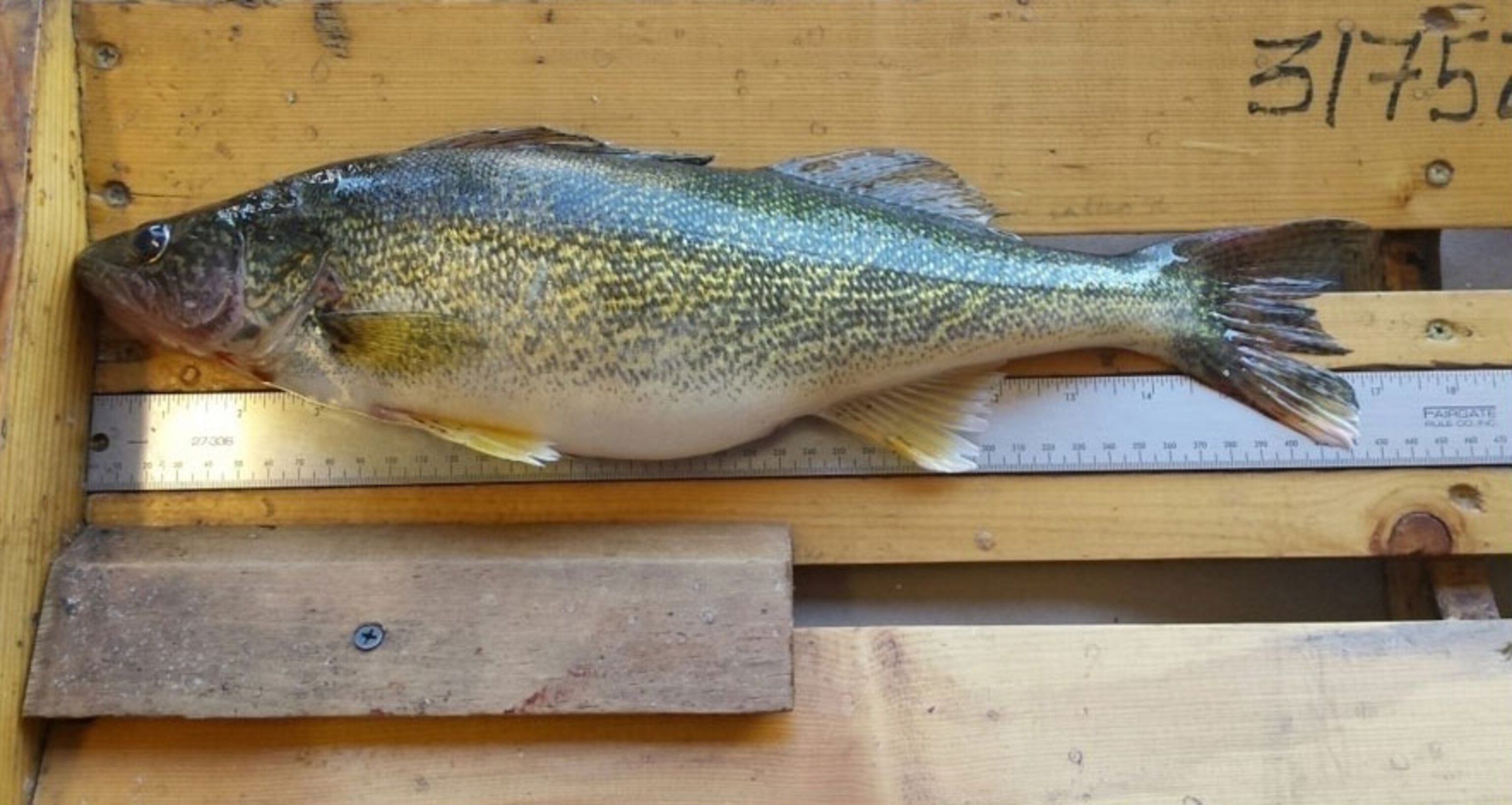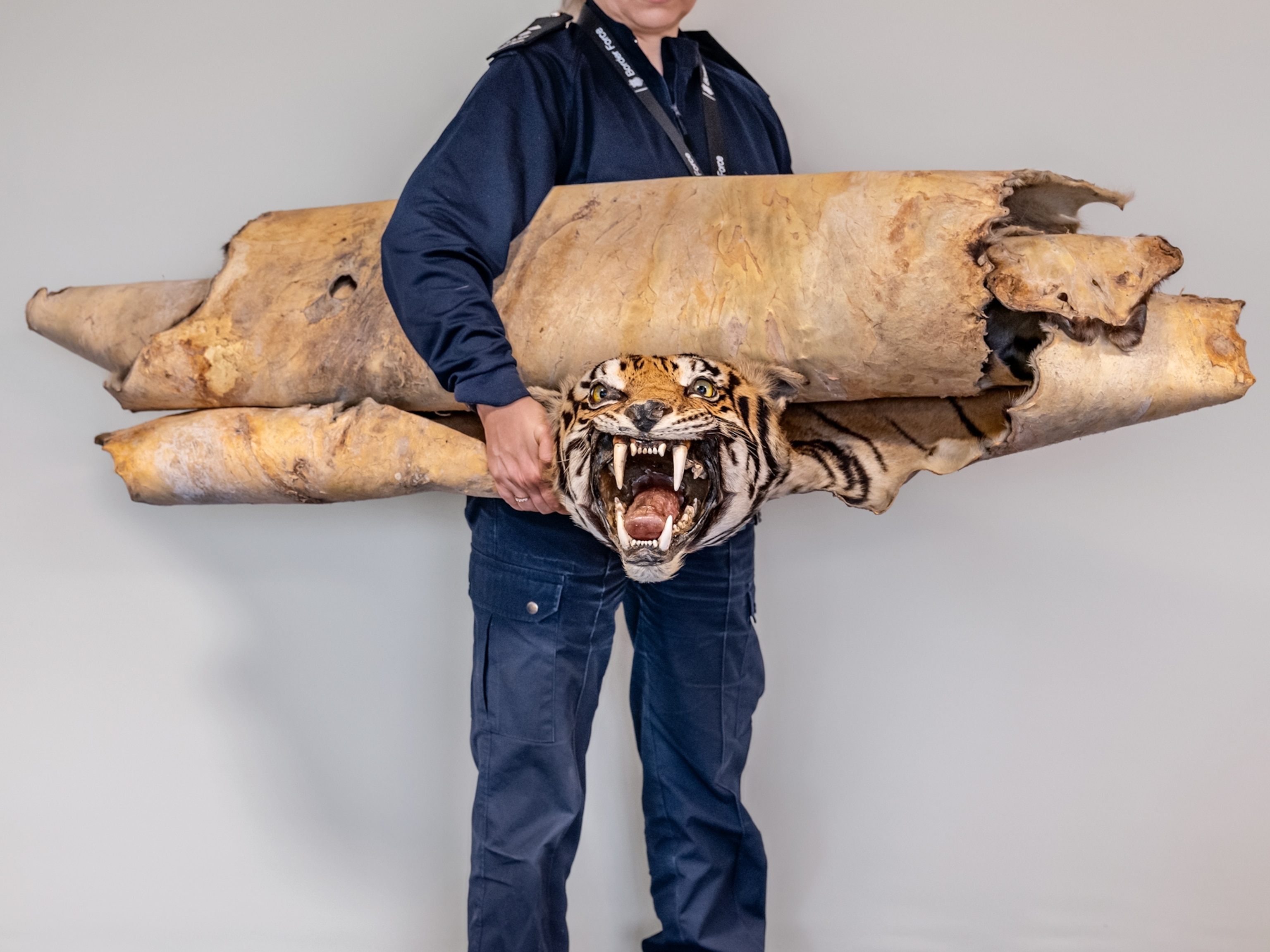
How tiny fish ear bones can reveal criminal activity
Biologists in Montana have used forensic geochemistry to determine where illegally introduced carnivorous fish originally came from.
Fish carry a trove of information about their life history and habitats inside their heads—more specifically, inside their ear bones. Now, Montana state biologists have used these flat, oval structures to suss out the source of an illegally introduced fish. It’s the broadest-scale forensics case to date using fish ear bones.
State biologists discovered two illegally introduced walleyes, a carnivorous species that grows to about two feet long, in Swan Lake, in northwestern Montana. The scientists had been netting for lake trout, another invasive species, when they serendipitously caught the walleyes and took them back to the lab for analysis.
The presence of walleyes in Swan Lake came as a surprise, because the closest body of water known to contain this species is roughly 160 miles away by road.
Fish ear bones, or otoliths, can serve as useful forensic tools because the water fish live in leaves a chemical marker on them. The geology surrounding a lakebed, in particular, leaves a distinct chemical signature in the water that gets absorbed into the otoliths, and analyzing the bones can indicate where a fish has spent its time.
To determine where the Swan Lake walleyes had come from, the scientists worked with colleagues around the state to collect otoliths from walleyes living in 12 other lakes that anglers tend to frequent. They found a matching signature in Lake Helena, located 192 road miles south of Swan Lake.
According to Sam Bourret, a fisheries biologist with Montana Fish, Wildlife, and Parks in Kalispell who led the study and published a paper in August documenting the findings, that distance between the two bodies of water is likely what enticed someone to bring the fish to Swan Lake. “There’s probably an angler who wants to fish for walleyes closer to home,” he says, noting that walleyes are a popular sport fish in the region and make for “really good table fare.”

The ear bone sleuthing by the Montana team is “a pretty interesting use of that approach,” says Rachel Johnson, a fisheries biologist with the National Oceanic and Atmospheric Administration in Santa Cruz, California, who uses otoliths to study migration patterns of salmon. The technique worked well in this case, she says, because each lake has such distinct geochemistry. But, she says, over broader geographic regions where the water chemistry isn’t as varied from lake to lake, finding as clear a match may prove harder.
Another factor working in the Montana researchers’ favor was the fortuitous and improbable fact that they seemed to have found the very individuals that had been introduced, rather than their offspring, says Jake Vander Zanden, an ecologist at the University of Wisconsin-Madison who studies aquatic invasive species.
“Typically when you discover a new population of what might be considered an invasive species, you’re not going to capture the individuals that were themselves transported,” Vander Zanden says. He calls the otolith findings “pretty striking.”

Bourret says they haven’t found any additional walleyes since they caught those first two in 2015, indicating that the biologists may have nipped the invasive population in the bud. That’s a good thing for sensitive native fish living in Swan Lake, including bull trout, listed as threatened under the Endangered Species Act. If left to reproduce, a walleye population could severely stress native fish by preying on juveniles and competing for food and habitat, Vander Zanden says. The introduction of nonnative fish is a widespread problem for native fish elsewhere in the country, he adds.
Bourret says they hope now to identify the person or people responsible for introducing the invasive species to Swan Lake—a felony punishable by up to six months in prison and a $5,000 fine, according to the Montana Fish, Wildlife, and Parks website.
Successfully pinpointing the source of the illegal fish is heartening and helpful, he says, but it can get you only so far in identifying the perpetrators of the crime. “It’s obviously not a panacea—just another tool managers can use, and a step in the right direction for illegal fish introductions.”
Yet another tool is a reward, in this instance up to $35,250 offered for information leading to conviction—$15,250 contributed by the state and $20,000 by Montana Trout Unlimited, a regional conservation organization.
“We think that if we can get a conviction, it would send a message to the public that we aren’t going to stand for this,” Bourret says.
Laura Poppick is a freelance journalist who covers science and the environment. She lives in Portland, Maine. Follow her on Twitter.





